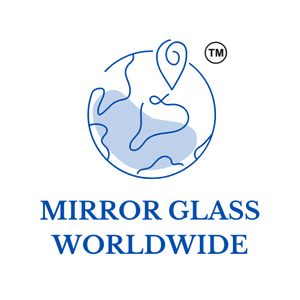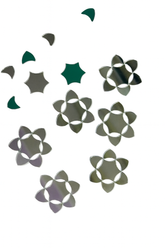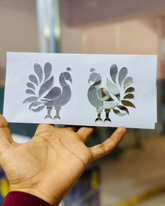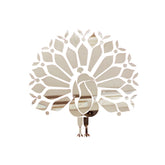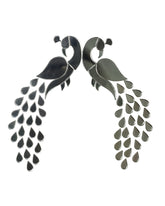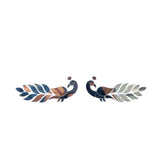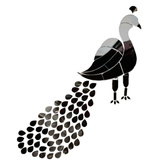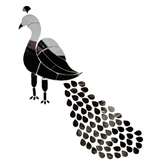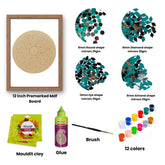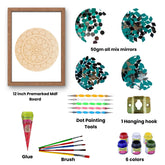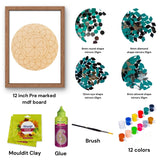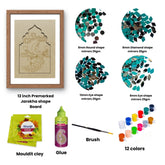How Lippan Art Can Be the Next Big Trend in the Art and Craft Industry
Introduction — A Timeless Craft Ready for a Modern Spotlight
The global art and craft industry is constantly evolving, blending heritage with innovation. One such gem that is gaining renewed attention is Lippan Art, also known as Mud Mirror Work. Originating from the Kutch region of Gujarat, India, this intricate craft combines earthy textures, geometric patterns, and reflective mirrors to create mesmerizing designs.
While it has been practiced for centuries in rural homes, temples, and cultural spaces, Lippan Art is now experiencing a revival — making its way into modern homes, corporate spaces, art exhibitions, and even global décor trends.
In this blog, we’ll explore why Lippan Art is poised to become the next big trend in the art and craft industry, covering its rich history, contemporary adaptations, market potential, and future scope.
The Origins of Lippan Art — Rooted in Tradition
Birthplace and Cultural Significance
Lippan Art originates from the arid lands of Kutch, Gujarat. The term Lippan means "clay application" in the local Kutchi language. Traditionally, it was used to decorate the walls of homes and temples, not just for aesthetic beauty but also for insulation and cooling purposes.
The craft holds cultural significance, often depicting motifs of camels, peacocks, elephants, flowers, and geometric patterns. The embedded mirror pieces (aabhla) reflect light, adding a magical sparkle to the earthy mud base.
Traditional Techniques That Stand the Test of Time
Lippan Art follows a three-step process:
-
Base Preparation – Mixing clay, camel dung, and husk for wall application.
-
Design Creation – Hand-sculpted motifs and patterns on the surface.
-
Mirror Embedding – Inserting small mirrors into the wet design for reflection and charm.
While traditional artisans used natural materials, modern artists now experiment with MDF boards, Fevicryl mouldit clay, and acrylic mirrors to make the craft more accessible and durable.
Why Lippan Art is Becoming the New Trend
The global craft market is moving toward authentic, sustainable, and handmade décor. Lippan Art ticks all the boxes for today’s conscious buyers.
1. Aesthetic Versatility
-
Works well in minimalist homes, bohemian interiors, and ethnic-themed décor.
-
Complements mandir backgrounds, wedding décor, and luxury spaces.
2. Global Appeal
-
Appeals to international audiences seeking authentic Indian art.
-
Already trending in Western home décor as statement wall pieces.
3. Customization Potential
-
Can be made in different sizes, colors, and patterns.
-
Suitable for modern geometric designs or traditional motifs.
The Modern Makeover — Lippan Art in Contemporary Spaces
The industry has embraced ready-to-hang Lippan panels, DIY Lippan kits, and customized mirror art to suit modern lifestyles.
Examples of Modern Adaptations:
-
MDF Lippan Boards for easy installation.
-
Golden and Acrylic Mirrors for premium looks.
-
Minimalist Black & White Lippan for urban interiors.
-
Festival-Themed Lippan for Diwali, Navratri, or weddings.
Lippan Art in the Global Craft Market
Rising Demand
Platforms like Etsy, Amazon Handmade, and Instagram have increased global awareness of Lippan Art. International buyers love the authentic yet customizable nature of the craft.
Export Potential
With its lightweight and customizable form, Lippan panels are easy to ship worldwide. Countries like the USA, UK, Australia, and UAE have shown a steady demand for Indian mud mirror art.
Conclusion — A Craft Poised for Global Recognition
Lippan Art, with its rich heritage, adaptability, and timeless beauty, is more than just a decorative craft — it’s a symbol of Indian tradition meeting global trends.
As the world embraces handmade, sustainable, and culturally rich art forms, Lippan stands at the forefront of a new wave in the art and craft industry.
